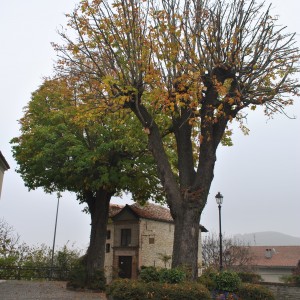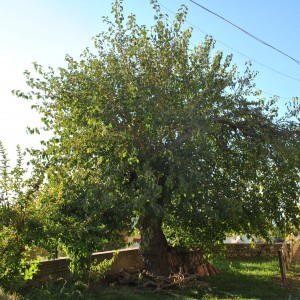Montà d’Alba

centro storico Montà
The Holy Mount of Montà d’Alba houses the Piloni Shrine and a chapel dedicated to the Holy Sepulchre built on the ruins of Roman walls. In 1775, the local population built 13 votive chapels (piloni) with representations of the Stations of the Cross.
It is said to be one of the most interesting architectonic complexes in the Roero area, and it was built instead of a small chapel dedicated to San Giacomo and San Filippo, which dated back to the beginning of the Christian era. The woods around the temple were dedicated to Diana, since the region was considered as a holy place by heathens too.
Some historiographic sources claim that a monk chose those woods and the shrine of San Giacomo for his hermitage after a pilgrimage to the Holy Land (in a period dating back to the time between the first pilgrimages to Palestina and the Crusades). Then, he decided to build the Holy Sepulchre chapel, where the congregation walked in procession during the patron’s feast celebrations.
The first document about the chapel dates back to 1742. In the interior, you can admire a statue of the dead Christ made of olive wood from Palestine. It is preserved in a glass case and it was donated by a knight who survived the Crusades. In 1770 the chapel was restored; at that time, it is reported that a miracle occurred: the cart carrying the bricks for the restoration broke loose from the horses, but it did not run over the workers.
The thirteen chapels dedicated to the Passion of Christ were pulled down about a hundred years after their construction, since they were in bad repair: in 1887 the governing body of the Shrine decided to rebuild them on a project by Placido Massello, who designed the new chapels with hexagonal plans. The original chapels were decorated only with frescos, while Massello’s chapels are adorned with statuaries moulded by the brothers Musso from Turin, Stefano Brilla from Savona and Antonio Toliano.






